Did you know that there are over two million women veterans? Throughout the history of our country, we have been involved in numerous wars and conflicts, and women have served in some way in every conflict. This was not always legal in the early days, but women still found ways to do what they could to protect our country. As time moved forward, women in the military became more and more acceptable, and by World War II, over 500, 000 women served in uniform and with each war since, more and more women have served. Here we have listed the top 20 most important female veterans of all time, but these are by no means the only female veterans who made a difference. Female veterans are everywhere; because with each conflict….women were there!

- Deborah Sampson: During America’s first war, The Revolutionary War, Deborah Sampson of Plymouth Massachusetts, disguised herself as a young man and presented herself to the American army as a willing volunteer to fight our opponents. She enlisted in the year 1778 under the name “Robert Shirtliffe” and served for three years undetected, until she came down with a brain fever, which made her sexuality evident to the physician, who did not disclose her secret. It wasn’t until she was sent on a special mission to carry a letter to General Washington, who spared her the embarrassment of a public discharge, and did so privately with a sum of money to bear her home. Deborah Sampson served her country, in uniform, during the Revolutionary War in a time where women’s deeds and accomplishments went unrecognized, all for the love of her country. Her service is a testament that when the “New World” began to change, women were there.
2. “Mad Anne” Bailey: “Mad Anne” was born Anne Hennis, in Liverpool, England in 1742. At the age of 19 she moved to Virginia and married a settler named Richard Trotter. At the death of her husband in 1774, Anne left her son William with a neighbor and joined the militia. Anne donned buckskins while carrying rifles and scouting equipment, hunting, courier work, and story-telling. Anne is famous for her legendary 100 mile ride to Fort Savannah from Fort Lee for desperately needed ammunition, which ultimately saved Fort Lee.

3. Sarah Emma Edmonds: Sarah Emma Edmonds was born in Nova Scotia in 1841, and later moved to the United States early in her young adult life to escape the abuse of her father. While living in Detroit Michigan in 1861, she decided to join the United States Army and fight for “her country” in the Civil War. While in the army, she disguised her sex and went by the alias Frank Thompson, and became a male nurse in the Second Volunteers of the United States Army. Edmonds was unique because not only was she able to remain in the army for several years, but was also successful as a Union spy-all while impersonating a man.
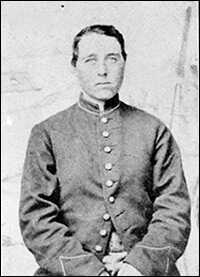
4. Jennie Hodgers: Jennie Hodgers was born on December 25th, 1844 in Clogherhead, Ireland. In her early life she came to America as a stowaway, and settled in Illinois until 1862 when she joined the Union Army during the Civil War under the alias Albert D. J. Cashier. Jennie survived the war with no undue suspicion to her gender, and in 1865 her Infantry was discharged, and she went on living her life as a man, allowing her to vote in a time when voting was unheard of for a woman. Her fellow soldiers later recalled her as being a skilled rifleman. Jennie’s life was dedicated to the protection of her country, and upon her death was buried with full military honors, and in 1977 a large monument in Saunemin Illinois bears her name.

5. Cathay Williams: Cathay Williams was born in 1844, in Independence Missouri. She was the first African American female to enlist, serving in the United States Army under the pseudonym William Cathay. Williams was one of the Buffalo Soldiers for three years, passing herself off as a man to all but her cousin and a friend, both of whom were fellow soldiers in her regiment. Williams lived through smallpox, and several other illnesses and hospital visits without her true identity being discovered. Only until she had grown weary of her military service was her true gender revealed to the post surgeon and she was discharged on October 18th, 1868. Not only was Cathay Williams one of the first women to enlist in the army/service, but she was the first documented African American woman, which makes her all the more unique and brave.

6. Pauline Cushman: Pauline Cushman was born in 1833 in New Orleans, Louisiana as Harriet Wood. She later moved to New York to become an actress, and used her skills to pass herself off as a Confederate soldier during the Civil War. While in disguise, she managed to conceal battle plans and drawings in her shoes, but was caught and brought before Confederate General Braxton Bragg, tried by the military court, and sentenced to death. Three days before her execution, the Union troops invaded in time to save her. Had the sentence been carried out, she would have been the only female spy executed on either side during the Civil War.
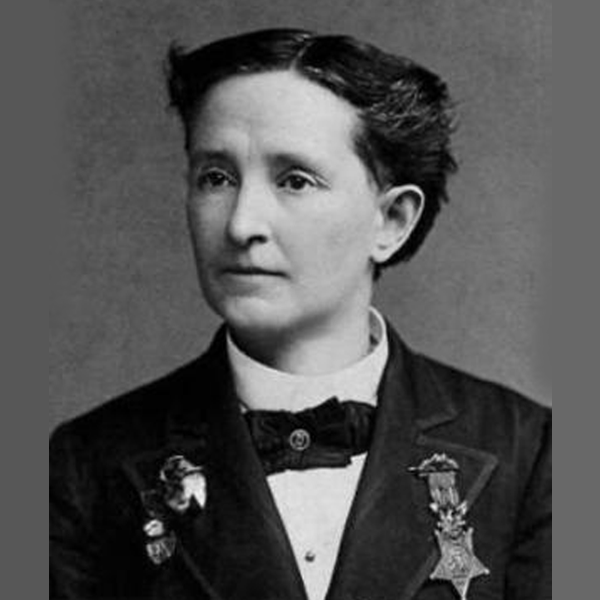
7. Dr. Mary Edwards Walker: Mary Walker was born in 1832 in New York, as the youngest of five daughters and one younger brother. At the beginning of the American Civil War, she volunteered for the Union Army as a civilian nurse, as the Army had no female surgeons. After years of non-paid service, she was finally awarded a commission as a “Contract Acting Assistant Surgeon”, becoming the first-ever female U.S Army surgeon. During her career she frequently crossed battle lines to treat the injured civilians, and on April 10, 1864 she was captured by Confederate troops and arrested as a spy. She was released that August in exchange for another prisoner, and went on to serve in several other battles, supervise orphanages, become a writer and lecturer, supporting health care, temperance, women’s rights, and dress reform for women.

8. Ginnie and Lottie Moon: Ginnie and Lottie Moon were daughters of a physician in Virginia, and later moved to Oxford Ohio. Unlike the other women on our list thus far, the Moon sisters were spies for the Confederate Army, and they also got away with it. Whether it was “delivering a letter” under disguise, or crossing enemy lines to gather information on the Union troops, these sister’s fervor for their beloved Confederacy led them into danger and adventure, proving once more that in times of conflict, women were there!

9. Emmeline Piggot: Emmeline Piggot was another spy for the Confederacy during the Civil War, who was from North Carolina. During the war, Emmeline followed the men of the 26th to New Bern, hoping that she would be able to help the Southern troops in some way. Piggot eventually began finding ways to spy on the Yankees and carry supplies and messages across enemy borders. Throughout the duration of her escapades, she was put on trial several times but was never actually convicted of her crimes. Emmeline later became a well-known member of the United Daughters of the Confederacy, and was later honored for her bravery by her chapter in Morehead City.
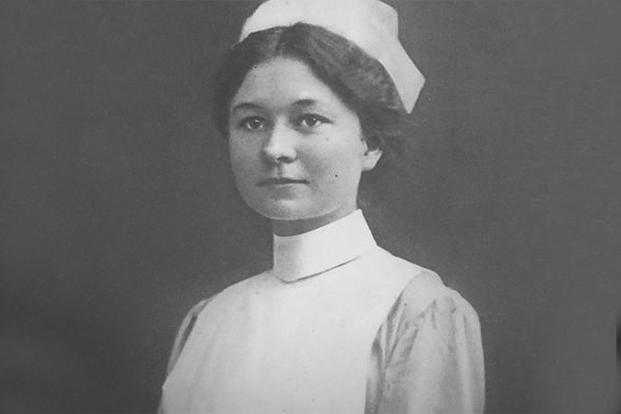
10. Helen Fairchild: Helen Fairchild was born in 1884, and was a nurse who served in World War One, and became famous for her letters to her friends and family depicting the real horrors and violence of the war. Fairchild often volunteered for front-line duty, which put her in harm’s way on a regular basis, including an incident that exposed her to a heavy shelling including the use of mustard gas. By 1917 she was vomiting after every meal due to stomach ulcers. After surgery in 1918, Fairchild lapsed into a coma and died due to the chloroform used in the anesthesia during her operation, and worsened by her exposure to mustard gas. Helen Fairchild was not a soldier, but her selflessness and willingness to sacrifice herself for others makes her a WWI hero.

11. Elizabeth Shepley Sergeant: Sergeant was born in 1881 and became a journalist in 1918. Sergeant went to the Western Front as a war correspondent for the New Republic, and in October of that year, she was seriously wounded by a grenade. Over the next six months, she recuperated in various hospitals in France and later published an account of her experiences in her book, Shadow Shapes: The Journal of a Wounded Woman. Elizabeth Shepley Sergeant was one of those rare breeds of women who was not afraid to risk her life to uncover the truth, and nearly lost her life in her efforts.
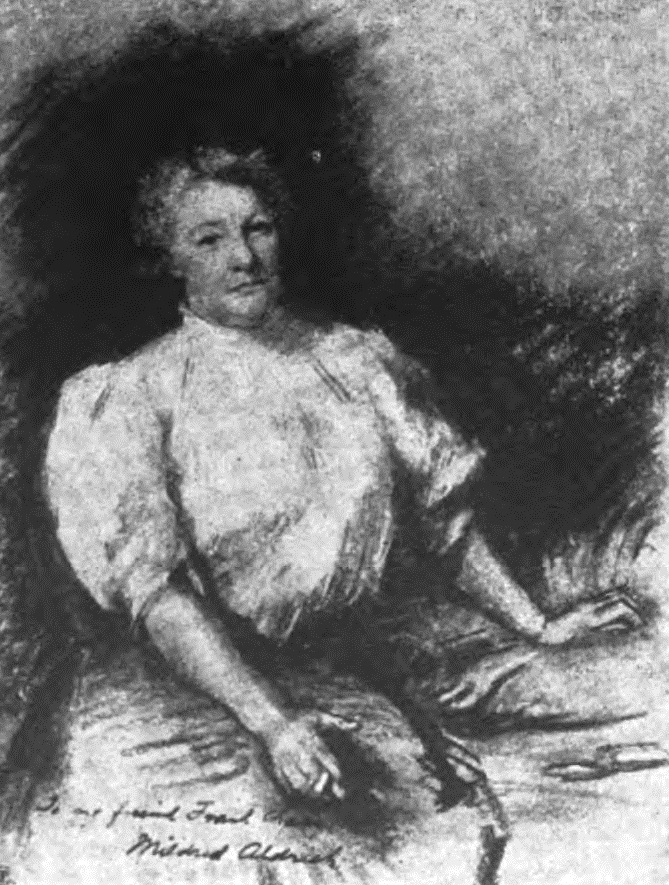
12. Mildred Aldrich: Mildred Aldrich was born in Providence Rhode Island in 1853. During WWI, she wrote A Hilltop on the Marne, On the Edge of the War Zone, and The Peak of the Lord. The French government believed that Aldrich’s work helped persuade the United States government to declare war on Germany, and in 1922 was awarded the Legion of Honour.
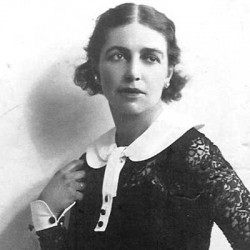
13. Mary Borden: Mary Borden was born into a wealthy Chicago family in 1886, and later attended Vassar College. At the time that the war broke out, she was living in England, and selflessly used her own money to equip and staff a field hospital close to the Front, which she herself worked at until the end of the war. Not only did she sacrifice all of her time and money into the war, but she also wrote several books on her experiences which included striking sketches and short stories. Many men were saved because of one woman’s drive to take action and go where she was needed. Mary Borden was one woman whose actions saved many, and that is why she is a veteran to remember.

14. Irene Kinne Englund: Irene Englund was born in El Paso Texas, and then raised in California. She was a woman aviator who piloted military aircraft during World War II as a member of the Women Airforce Service Pilots. Throughout her service, she served for 18 months transporting air inspectors and medical patients, ferrying military aircraft, and towing aerial gunnery targets to free men for combat overseas. Because she was such a skilled pilot, she was one of the handful of women to be awarded veteran status by the military in a time when such a thing was unheard of.

15. Nancy Harkness Love: Nancy Harkness Love was born February 14th, 1914 in Houghton, Michigan. At an early age she gained an intense interest in aviation, and earned her pilot’s license at the age of sixteen. Like Irene Kinne Englund, Love was a member of the WASP (Women Airforce Service Pilots), in which she became an Executive for all ferrying operations. Under her command, female pilots flew almost every type military aircraft then in the Army Air Force’s arsenal, and their record of achievement proved remarkable.

16. Jacqueline Cochran: Jacqueline Cochran, born in near Mobile, Alabama in 1906, was one of the most gifted racing pilot of her generation. She was also an important member of the Women’s Auxilliary Army Corps and Women Airforce Services Piolets. “Jackie” worked with Amelia Earhart to open pilot racing for women, which allowed her to set a new national speed record. Jacqueline Cochran was just one of the many women in WWII who opened the doors for women today to experience the equality that we enjoy today.

17. Gayle Smith: Gayle Smith, aka, “The Nurse with Round Eyes”, was a young woman during the Vietnam War who wanted to go to Vietnam to, “help the people who didn’t belong there,” as she put it. Smith is known for her writings that depict the horrors she witnessed during the Vietnam War, and her efforts to bring home the men who she believed belonged in their home to begin with. She and many other women put themselves in the danger zone because they believed in their mission.
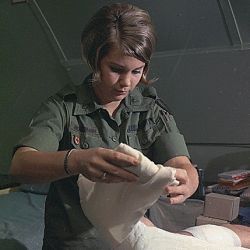
18. Elaine H. Niggemann: During the Vietnam War, Elaine Niggemann was a 1st Lieutenant in the United States Army. Through her service in the evacuation hospital, she worked to heal those who were injured or ill while in Vietnam. Most of her work was concentrated in the intensive care unit of the evacuation hospitals, and because of her diligent care, many men were saved.

19. Sharon Anne Lane: Sharon Lane was a United States Army nurse who perished during the Vietnam War of shrapnel wounds. Born in Zanesville Ohio, her tragically short life inspired her family to create The Sharon Anne Lane Foundation. This organization aims to build a medical clinic at the site of the Lane’s service in Vietnam. She is described as being kind, compassionate, and respectful to all of her patients, whether they were American, Vietnamese, Viet Cong, or Prisoners of War.

20. Eileen Collins: Eileen Collins grew up reading about famous WWII pilots such as Amelia Earhart and other Women Airforce Service Pilots who inspired her to earn a pilot’s license after graduating college. During Operation Urgent Fury (Grenada) in 1983, Collins flew the evacuated medical students and their families out of Grenada, but was “not considered as having been in combat”. In 1998, Collins became the first Woman Space Shuttle Commander. Her achievements throughout her life are an inspiration to many young women who are also reaching for the stars.
That rounds out our list of the 20 Most Influential Female Veterans Of All Time. These women have accomplished so much and it is because of women like them that the boundaries between men and women grow smaller with each passing day. While you don’t always hear the great stories of the heroins of WWII and of the other wars be assured that they play as big a role in the outcomes on the battlefield as any other soldier. CustomizedGirl.com salutes these great women and wishes everyone a happy Veterans Day.

Do you have any records of who the first Hispanic female soldier was?
I really love your site and use some of the information to educate younger veterans.
We are launching the National Monument to Women veterans 11-11-11
Thank you for this, I used it in my school project for veterans day.
Dr Mary Walker is the only woman to ever recieve the Medal of Honor.
The Lottie Moon picture is that of Lottie Moon (1840-1912) the Baptist missionary and cousin to the spy sisters Lottie Moon (1829-1895) and Virginia Moon (1844-1925).
What valiant history! Thank you for posting that information.